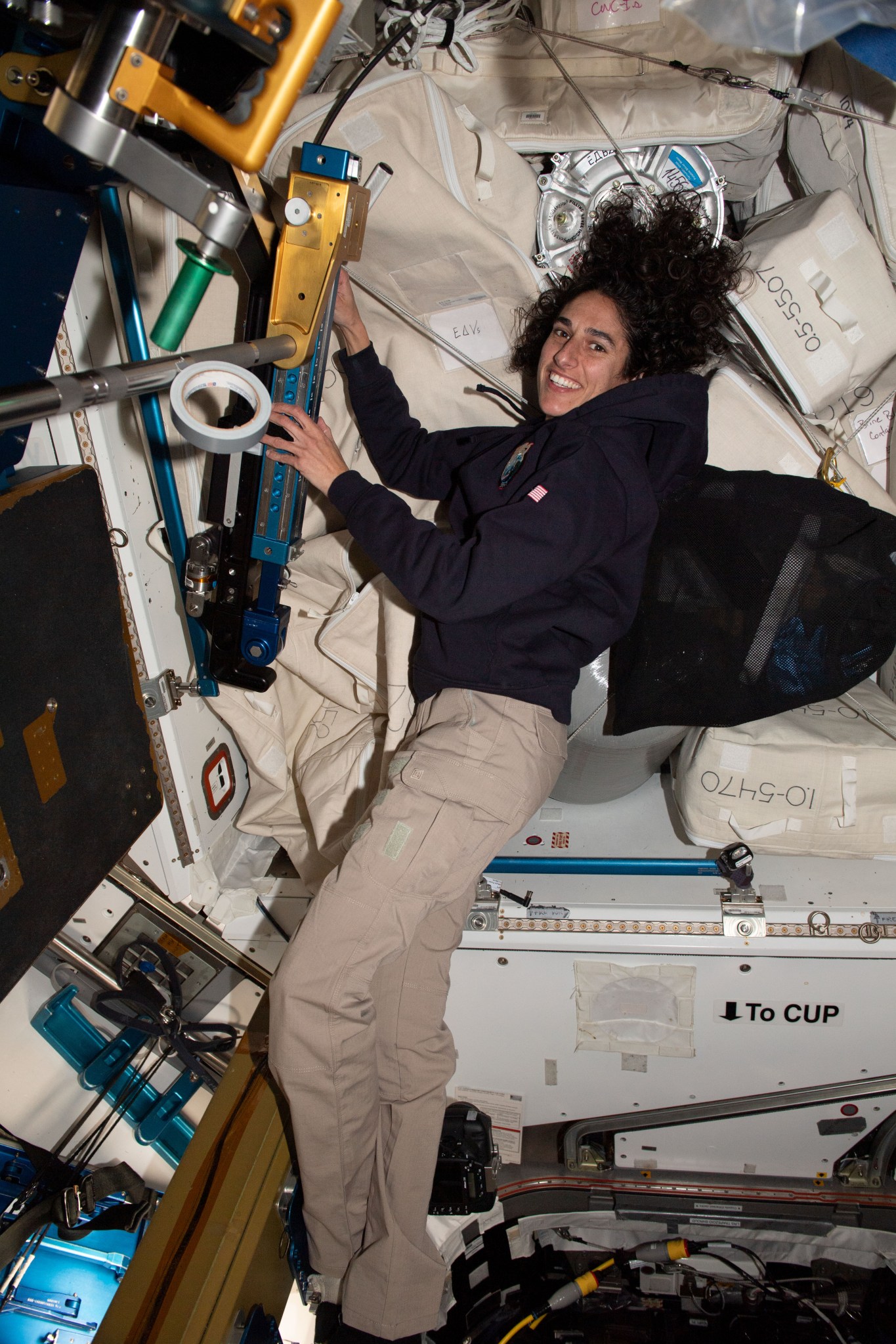
Students from the Creative Learning Academy in Pensacola, Florida, will have an opportunity this week to hear from a NASA astronaut aboard the International Space Station.
The space-to-Earth call will air live at 9:30 a.m. EST Wednesday, Nov. 15. Watch the NASA+ streaming service at no cost on demand. The briefing also will air live on NASA Television, the NASA app, YouTube, and on the agency’s website. Learn how to stream NASA TV through a variety of platforms including social media.
NASA astronaut Jasmin Moghbeli will answer prerecorded questions from students attending Creative Learning Academy. The school will use this interaction with the station crew to inspire students and reinforce classroom STEM efforts.
Media interested in covering the event should contact Amy Parker no later than 5 p.m. Nov. 14 at aparker@creativelearningacademy.org or 850-748-2542.
For 23 years, astronauts have continuously lived and worked aboard the space station, testing technologies, performing science, and developing the skills needed to explore farther from Earth. Astronauts living in space aboard the orbiting laboratory communicate with NASA’s Mission Control Center in Houston 24 hours a day through the Space Communications and Navigation (SCaN) Near Space Network.
Important research and technology investigations taking place aboard the International Space Station benefits people on Earth and lays the groundwork for future exploration.
As part of Artemis, NASA will send astronauts to the Moon to prepare for future human exploration of Mars. Inspiring the next generation of explorers – the Artemis Generation – ensures America will continue to lead in space exploration and discovery.
See videos and lesson plans highlighting research on the space station at:
https://www.nasa.gov/stemonstation
-end-
Katherine Brown
Headquarters, Washington
202-358-1288
katherine.m.brown@nasa.gov
Sandra Jones
Johnson Space Center, Houston
281-483-5111
sandra.p.jones@nasa.gov
Click here for original story, NASA Astronaut to Speak with Florida Students from Space Station
Source: NASA Earth News